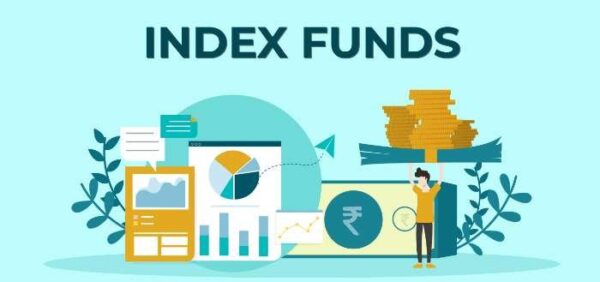Index funds have become increasingly popular in India due to their benefits of low costs, diversification and tax efficiency. With so many index funds available today, it can be difficult to choose the right ones for 2023. Here are some factors to consider when selecting index funds next year:
Choose the right index
The first step is to decide which market index you want exposure to. In India, the major options are:
- Nifty 50
This tracks the 50 largest companies listed on the NSE. It covers a wide spectrum of sectors and is weighted by market capitalization. Nifty 50 is a good choice for general market exposure.
- Sensex
Similar to Nifty 50 but based on the 30 largest companies on the BSE. It also provides broad market exposure with large caps.
- Nifty Next 50
This tracks the 50 companies after the Nifty 50, covering mid-sized businesses. It offers exposure to growth sectors beyond the established large caps.
- Sector or thematic index funds
These track indices of specific sectors like IT, Pharma, Banking, FMCG, etc. or particular themes like infrastructure, consumption, etc. They are suitable for focused allocations.
Choose the right style
Index funds also differ in style. Growth funds focus on companies with above average growth rates in sales, earnings and profits. Growth index funds tend to perform well during market rallies. Value finds invest in stocks that are undervalued relative to fundamentals. Value index funds often outperform during market downturns. Dividend Yield invest in companies with higher dividend yields. Suitable for investors seeking regular income. Equal weighted funds invest in stocks get the same weight in the index irrespective of their market cap. Better diversification than market cap weighted indices.
Choose the best fund house
Research the fund houses managing the various index funds to identify those with:
- Long and consistent track records
- Low tracking errors
- Transparency in disclosures and methodologies
- Low expense ratios and total costs
Consider tax efficiency
Focus on index funds with lower portfolio turnover and distributions. This keeps capital gains tax and dividend distribution tax (DDT) lower for investors.
Look for additions during the year
Choose index funds that are likely to add new stocks to their portfolios during 2023. This helps them keep pace with the changing market and provide fresh exposure.
Diversify your portfolio
Do not invest all your money in a single index fund. Diversify across different index funds tracking different indices, styles and sectors. This mitigates fund-specific and index-specific risks.
Rebalance your portfolio
During the year, rebalance your index fund allocations as required to bring them in line with your desired asset allocation and risk profile. Monitor fund performances and make changes accordingly.
Conclusion
Choosing the right index funds involves matching your investment goals and risk profile with the available indices, fund houses and index fund styles. Diversification, tax efficiency, additions and rebalancing are also important considerations for optimizing your index fund portfolio in the new year.



